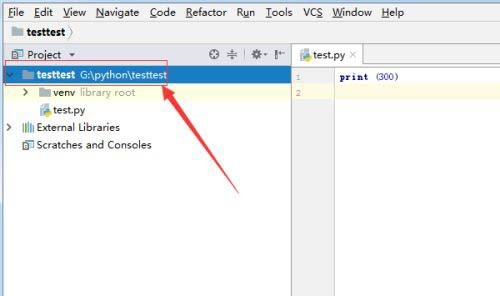Python 2.x 中如何使用itertools模块进行迭代器操作
引言:
Python提供了一个强大的模块itertools,它为我们提供了一系列功能强大的迭代器操作工具函数。通过itertools模块,我们可以方便地对迭代器进行常见的操作,如排列、组合、重复等,从而使我们的代码更加简洁和高效。本文将介绍itertools的常用函数和示例代码,帮助读者更好地理解和使用这个模块。
一、itertools模块概述:
itertools模块是Python标准库中的一个模块,它包含了一些用于创建和操作迭代器的工具函数。这些函数以惰性计算的方式生成迭代器,而不是一次性生成所有元素。这样可以节省内存,特别适用于处理大量数据的情况。
二、itertools模块常用函数:
三、使用示例:
下面通过一些示例代码来演示如何使用itertools模块进行迭代器操作。
from itertools import count
for i in count(1, 2):
print(i)
if i > 10:
break输出结果:
1
3
5
7
9
11
from itertools import cycle
colors = ['red', 'green', 'blue']
for color in cycle(colors):
print(color)
if color == 'blue':
break输出结果:
red
green
blue
from itertools import repeat
for i in repeat('hello', 3):
print(i)输出结果:
hello
hello
hello
from itertools import chain
a = [1, 2, 3]
b = ['a', 'b', 'c']
for item in chain(a, b):
print(item)输出结果:
1
2
3
a
b
c
from itertools import zip_longest
a = [1, 2, 3]
b = ['a', 'b']
for item in zip_longest(a, b, fillvalue=0):
print(item)输出结果:
(1, 'a')
(2, 'b')
(3, 0)
from itertools import islice
data = [1, 2, 3, 4, 5, 6, 7, 8, 9, 10]
for item in islice(data, 2, 7, 2):
print(item)输出结果:
3
5
7
from itertools import combinations
data = [1, 2, 3, 4]
for item in combinations(data, 2):
print(item)输出结果:
(1, 2)
(1, 3)
(1, 4)
(2, 3)
(2, 4)
(3, 4)
from itertools import permutations
data = [1, 2, 3]
for item in permutations(data, 2):
print(item)输出结果:
(1, 2)
(1, 3)
(2, 1)
(2, 3)
(3, 1)
(3, 2)
from itertools import product
a = [1, 2]
b = ['x', 'y']
for item in product(a, b):
print(item)输出结果:
(1, 'x')
(1, 'y')
(2, 'x')
(2, 'y')
结论:
通过对itertools模块的介绍和示例代码演示,我们可以看出,itertools模块提供了一些非常有用的工具函数,可以方便地对迭代器进行各种操作。通过灵活运用这些函数,我们可以在很多场景下减少冗余代码,提高代码的可读性和性能。因此,掌握itertools模块的使用对于Python编程非常重要。





